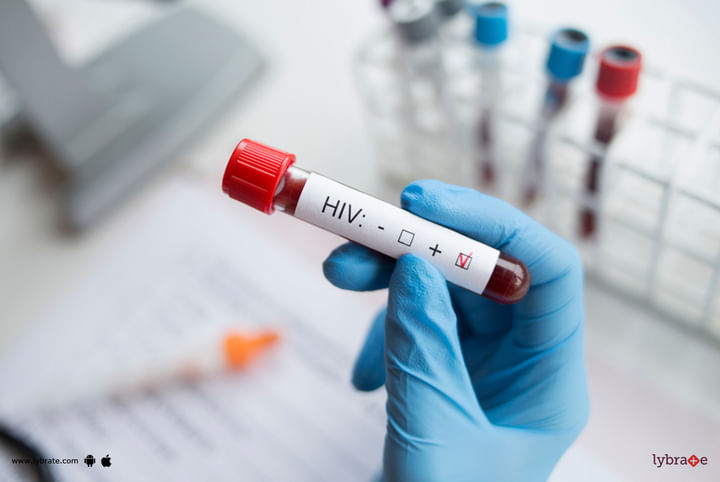HIV - Know Mode Of Transmission!
The human immunodeficiency virus (HIV) is a subgroup of retrovirus (lentivirus) that causes HIV infection. After a period of time, this infection leads to what is called acquired immunodeficiency syndrome (AIDS).
Epidemiology
According to the Centers for Disease Control and Prevention (CDC), from 2010-2015, the estimated rate of HIV infection in all 50 US states decreased from 14.2 per 100,000 population in 2010 to 12.3 per 100,000 population in 2015. In 2015, 39,513 individuals were diagnosed with HIV infection. From 2010 to 2014, the annual number of new HIV infections decreased by 9%.
Virology HIV-1 and HIV-2 are retroviruses in the Retroviridae family, Lentivirus genus. They are enveloped, diploid, single-stranded RNA viruses with a DNA intermediate. Upon entry into the target cell, the viral RNA genome is converted into double-stranded DNA by an enzyme, reverse transcriptase that is transported along with the viral genome in the virus particle. The resulting viral DNA is then imported into the cell nucleus and integrated into the cellular DNA by a virally encoded enzyme, integrase. HIV contains three retroviral genes, namely gag, pol, and env.
- Gag gene: Encodes group-specific antigen; the inner structural proteins
- Pol gene: Encodes polymerase; it also contains integrase and protease
- Env gene: Encodes the viral envelope, the outer structural proteins responsible for cell-type specificity. Glycoprotein 120, the viral envelope protein, binds to the host CD4+molecule
Pathophysiology
HIV infects vital cells in the human immune system, such as helper T cells (specifically CD4+ T cells), macrophages, and dendritic cells and leads to cellular immune deficiency. This results in the development of opportunistic infections and neoplastic processes.
Mode of Transmission
Sexual intercourse: Unprotected sexual intercourse; especially receptive anal intercourse and different sexual partnersContact with or transfer of blood, pre-ejaculate, semen, and vaginal fluids infected with the virus. Spread from an infected mother to her infant through breast milk. An HIV-positive mother can transmit HIV to her baby both during pregnancy and childbirth due to exposure to her blood or vaginal fluid.
Signs and Symptoms There are 3 categories of infection
- Category A: Asymptomatic HIV infection without a history of symptoms or AIDS-defining conditions
- Category B: HIV infection with symptoms that are directly attributable to HIV infection
- Category C: HIV infection with AIDS-defining opportunistic infections
Investigation
A high-sensitivity enzyme-linked immunosorbent assay (ELISA) should be used for screening.
Management
- Start with antiretroviral therapy (ART) in all HIV-infected adults ready to start therapy.
- CD4 count is no longer a criterion for starting the therapy.
- Use of nucleoside reverse transcriptase inhibitors and protease inhibitors.
- For refractory cases, during the failing treatment regimen and before switching therapy, use rapid confirmation, perform resistance testing and reevaluate.



+1.svg)
